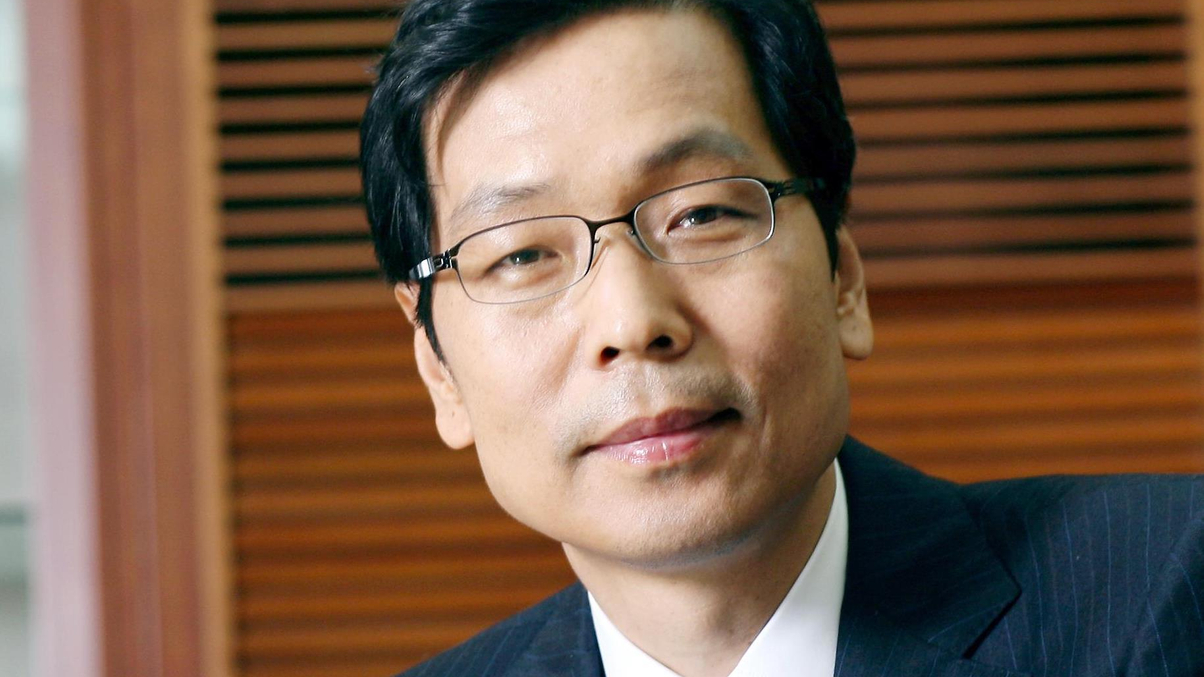Samsung AM notes ETF cross-listing challenges
Korea's exchange-traded funds market may be growing fast, but it's not always easy for issuers to list their products elsewhere.

The exchange-traded funds market in Korea has made solid progress despite sluggish stock performance. Yet some ETF providers are now looking beyond their national borders with the view to cross-listing funds on overseas exchanges, but the experience isn’t all plain-sailing.
Sign in to read on!
Registered users get 2 free articles in 30 days.
Subscribers have full unlimited access to AsianInvestor
Not signed up? New users get 2 free articles per month, plus a 7-day unlimited free trial.
¬ Haymarket Media Limited. All rights reserved.


